Содержание
- 2. I. How is the world changing?
- 3. Forces changing skill demands Automation Globalization Workplace change Demographic change Personal risk and responsibility
- 4. Automation
- 5. What kinds of work can computers do? Follow routine directions: Any job where information can be
- 6. Changing mix of jobs in the economy Source: Levy, F. & Murnane, R. J. (2004). The
- 7. Job tasks are changing across the economy Source: Levy, F. & Murnane, R. J. (2004). The
- 8. What kinds of work can’t computers do (yet)? Non-routine manual labor: EG, driving a truck, security
- 9. Automation has big consequences for education Computers can follow directions better, faster, and cheaper than human
- 10. Globalization
- 11. Work can increasingly be done anywhere … and there are more workers who can do it!
- 12. Implications for your students “Suddenly more people from more different places could collaborate with more other
- 13. National implications, too: Human capital has a big impact on economic growth If the U.S. improved
- 14. Impact of higher math & science scores on economic growth, projections through 2064 If it took
- 15. Workplace change
- 16. Major shifts in the workplace Companies focusing more on providing information than “things.” Companies are “flatter,”
- 17. Growth of the information-service economy Source: Apte, U. M., Karmarkar, U. S., & Nath, H. K.
- 18. More collaboration in the workplace In top 1,000 companies: Use of self-managing work teams rose from
- 19. Work has become more challenging … and more satisfying Source: O’Toole, J. & Lawler, E.E. III.
- 20. Demographic change
- 21. A more diverse population: “Minorities” will be U.S. majority in about 30 Years Source: Census Bureau.
- 22. More diverse population Entire U.S. population = 2042 Working-age population = 2039 School-age population = 2023
- 23. More diverse population Schools will need to be able to educate a more diverse student population
- 24. Aging population By the time the last Baby Boomer reaches 65 in 2030, nearly one out
- 25. Personal risk and responsibility
- 26. Shift in corporate benefit policies Job security: employment more contingent on performance than loyalty Financial planning:
- 27. Employment is less secure: Those who cannot perform will not keep their jobs Source: O’Toole, J.
- 28. Retirement coverage is shifting toward individually controlled investments Pension plans with investments controlled by employers are
- 29. Consumers are asked to make own decisions about health care and costs Health coverage choices are
- 30. II. What kind of knowledge and skills will young people need?
- 31. More important in the 21st Century Postsecondary education and training Academic knowledge and skills Practical literacies:
- 32. Occupations requiring more education are predicted to grow faster Source: Bureau of Labor Statistics. (2008, February).
- 33. Nearly two-thirds of new jobs will require postsecondary education or training Source: Bureau of Labor Statistics.
- 34. Earnings boost for college degree has grown immensely Source: Mortenson, T. (2007, November). Average family income
- 35. Income inequality has increased massively over last 40 years driven by demand for high-skilled workers Source:
- 36. Academics count: Preparing students for college and work Completing advanced math courses in high school has
- 37. Advanced math improves earnings Source: Rose, H. & Betts, J. R. (2004, May). The effect of
- 38. Math skills are more consistently related to postsecondary success than other competencies Source: Deke, D. &
- 39. The screening test for electrician apprenticeships Source: National Joint Apprenticeship and Training Committee for the Electrical
- 40. Trades becoming more technical, requiring stronger math & reading “Don't be influenced by those who see
- 41. Trades becoming more technical, requiring stronger math & reading ACT Study: The math and reading skills
- 42. Financial planning: Major shift in retirement coverage Source: Munnell, A. H., Haverstick, K., & Sanzenbacher, G.
- 43. Health care: Numeracy matters Have worse understanding of risks and make worse decisions about the benefits
- 44. Stronger literacy, more job success and more civic engagement! Source: Kutner, M., Greenberg, E., Jin, Y.,
- 45. Broad competencies: Employers expect them to become more important Source: Conference Board. (2006). Are they really
- 46. Broad Competencies: Which are most critical? The 3 C’s! Critical thinking and problem solving Labor economists
- 47. Solve This Problem Suppose you are a doctor faced with a patient who has a malignant
- 48. Critical Thinking & Problem Solving: Important for high school grads entering workforce Nearly 60% of employers
- 49. Here’s another problem A small country was ruled from a strong fortress by a dictator. The
- 50. Did you see the pattern? Both problems have essentially the same answer: Dispersal of strength and
- 51. Critical Thinking & Problem Solving: Require deep content knowledge Cognitive scientists used to believe that “thinking
- 52. Communication & Collaboration: Which interpersonal skills need most work? Source: Conference Board. (2006, October). Are they
- 53. Communication & Collaboration: What are the most critical sub-skills? Source: Conference Board. (2006, October). Are they
- 54. Creativity: Superintendents and employers define it differently Source: Conference Board. (2008, March). Ready to innovate: Are
- 55. Creativity: Superintendents and employers have different views of H.S. grads’ creativity skills Source: Conference Board. (2008,
- 56. III. Implications for schools
- 57. Five big takeaways Students who obtain more education will be at a great advantage; increasingly, some
- 58. And when it comes to competencies … clarity counts! 1) Is there a shared definition of
- 59. A few policy implications Curriculum Integrate into curriculum instead of purchasing stand-alone “thinking skills” programs: They
- 60. A Few Policy Implications Assessment Teaching to the state test is too narrow: EG, Recent study
- 62. Скачать презентацию

















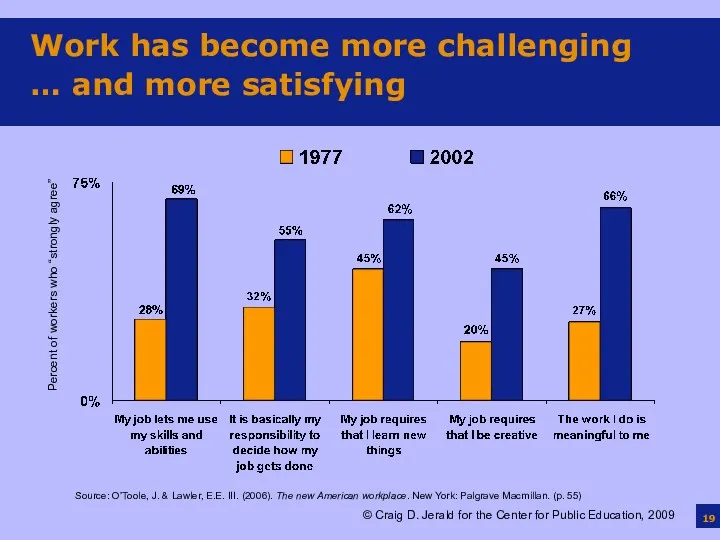

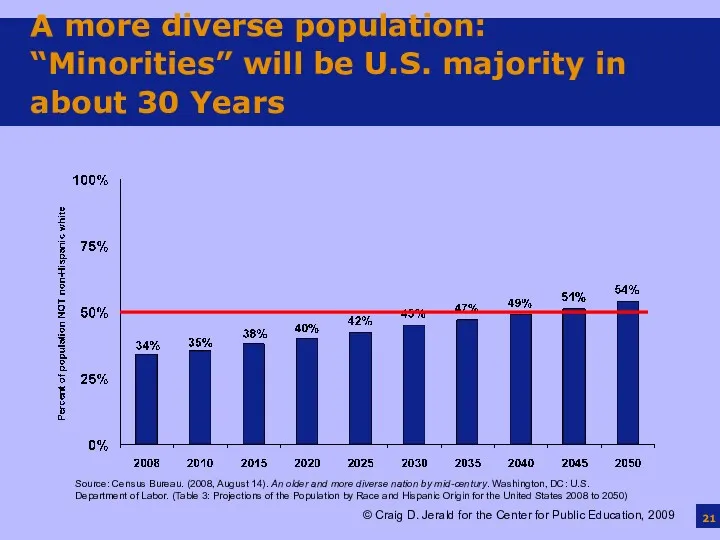
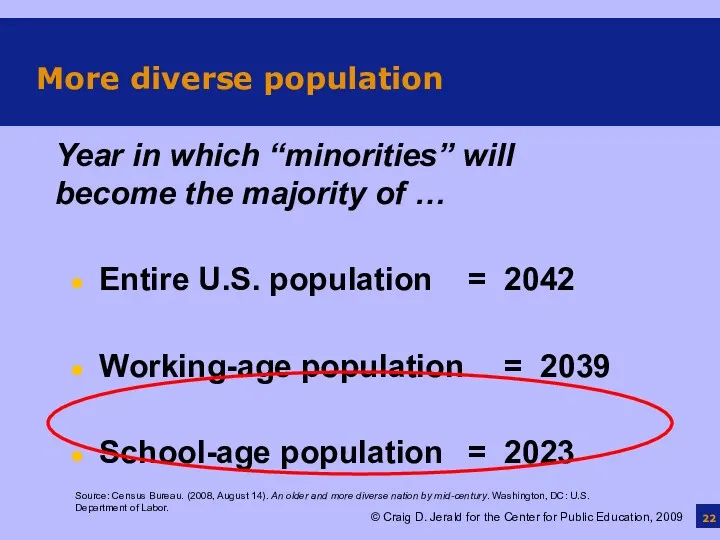

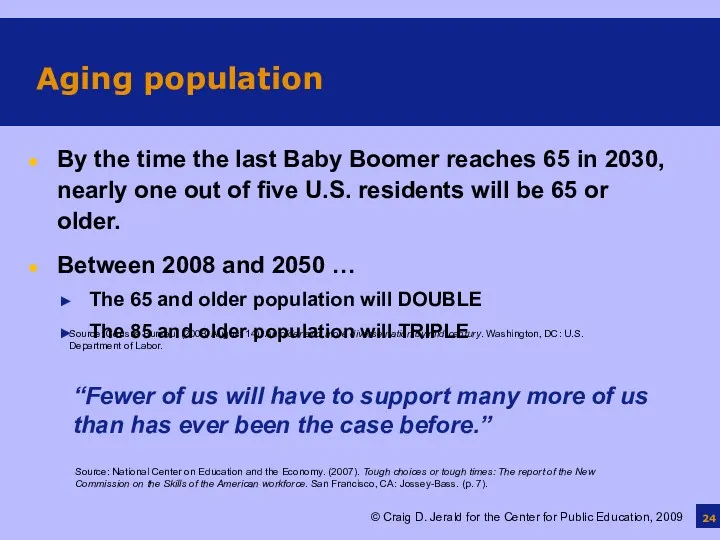
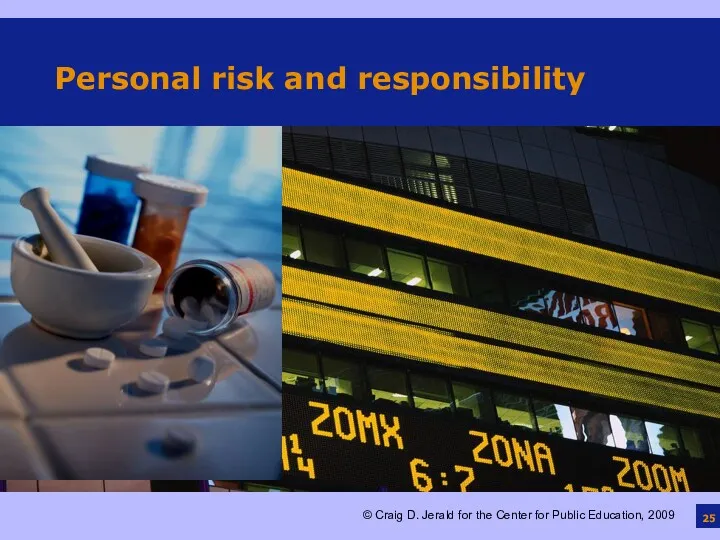
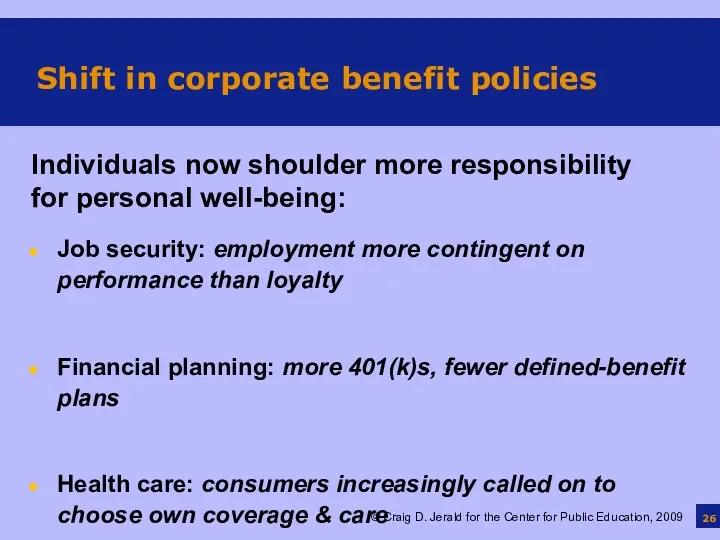
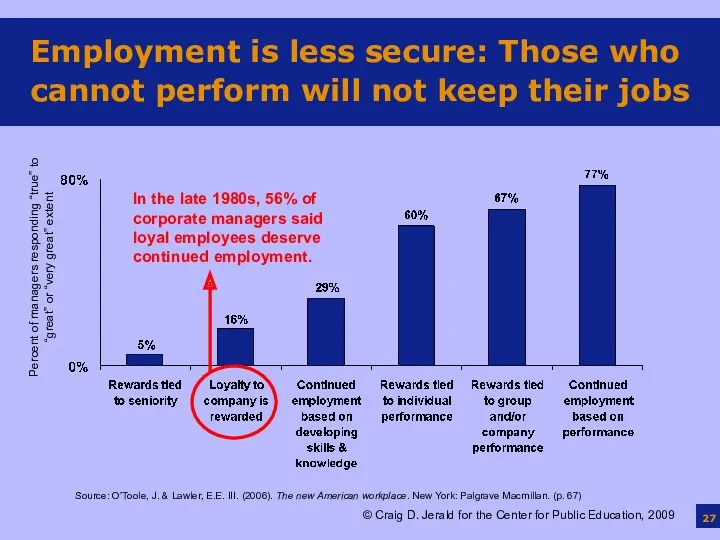
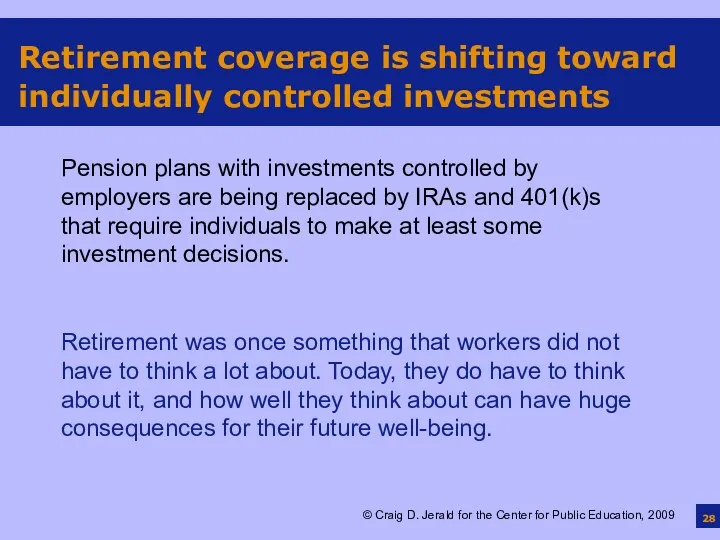
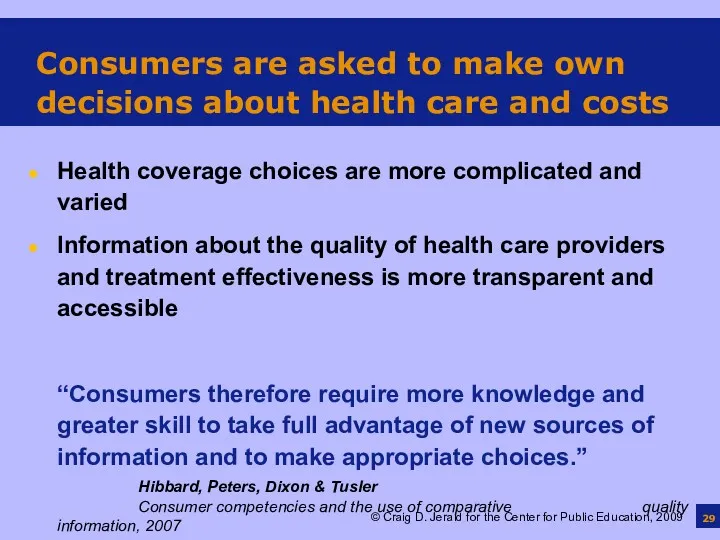
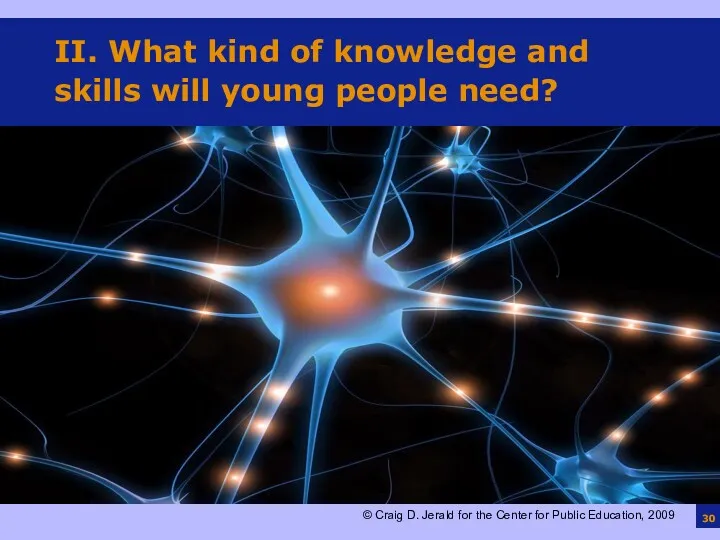
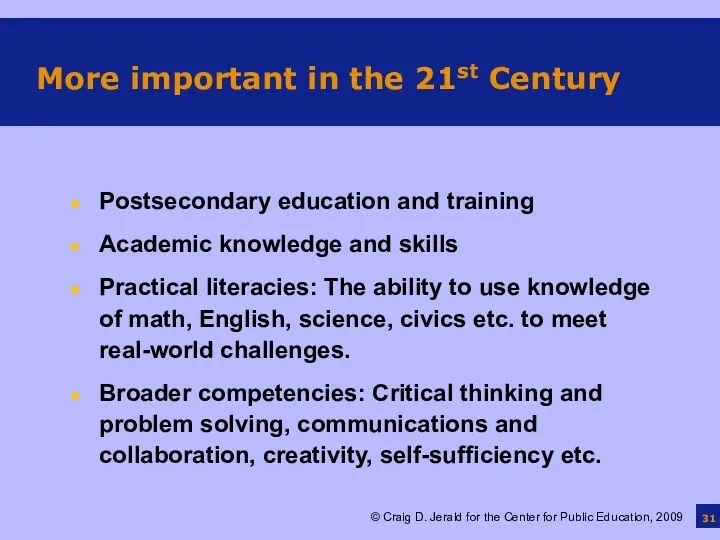
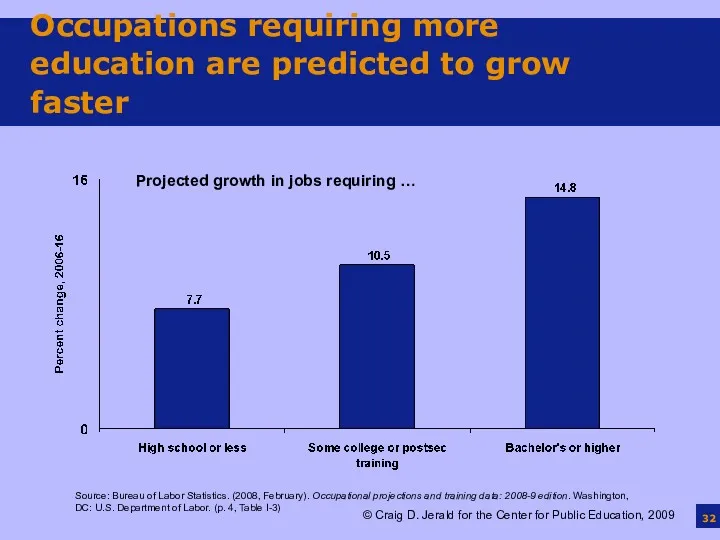
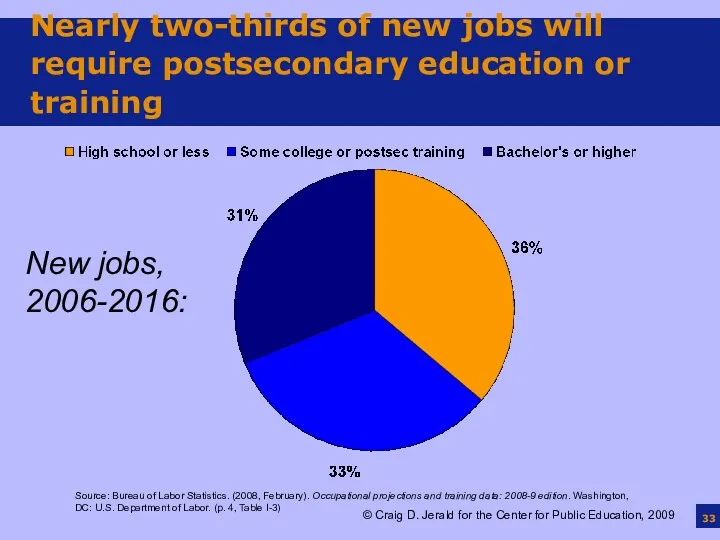
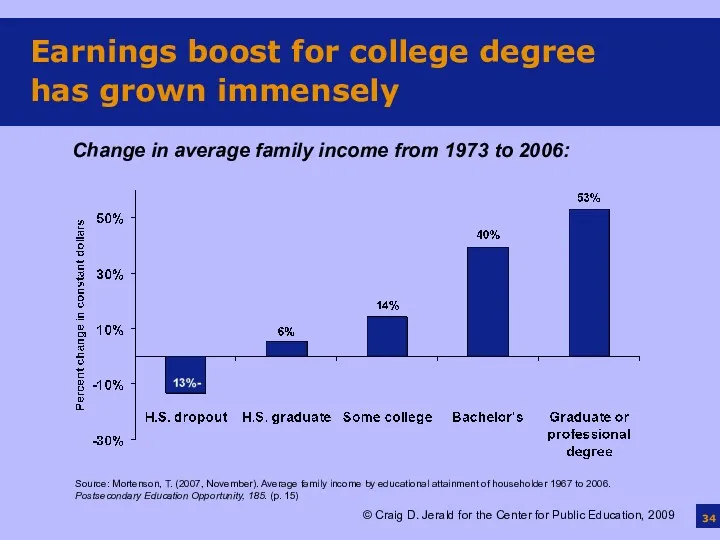
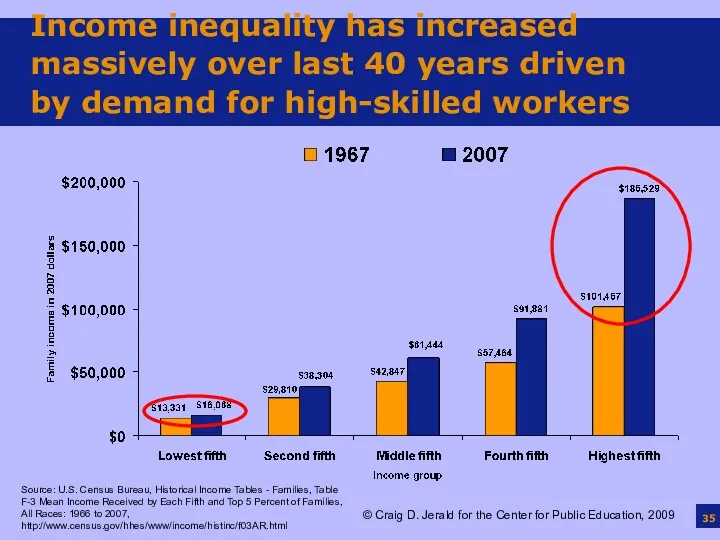
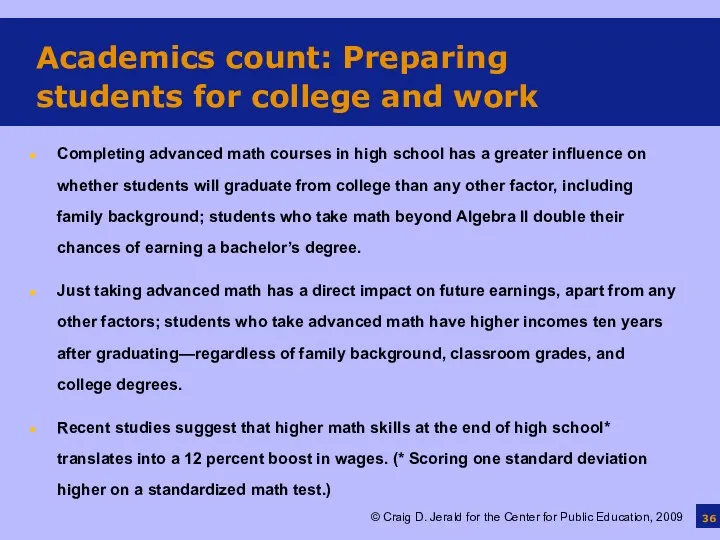
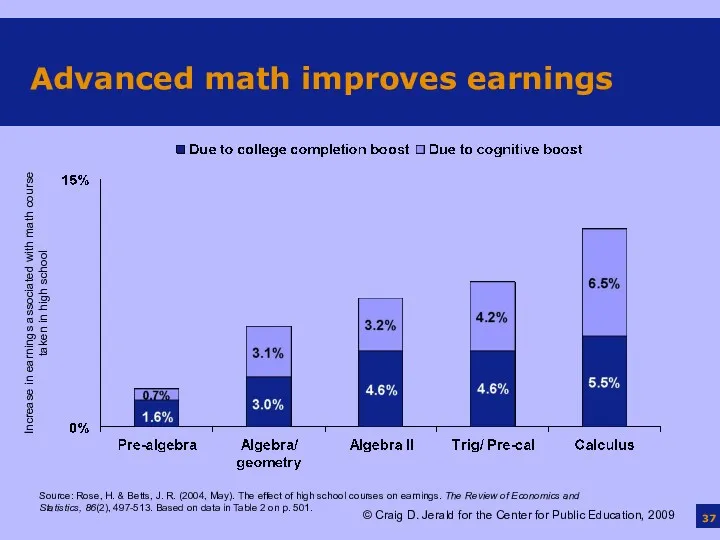
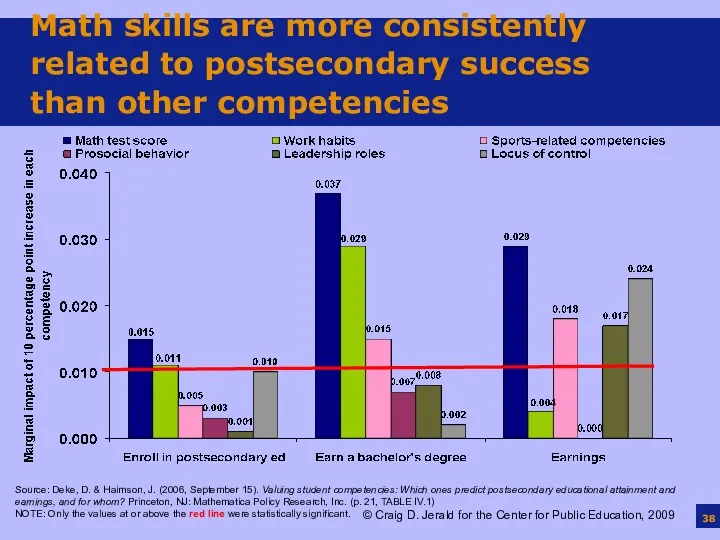
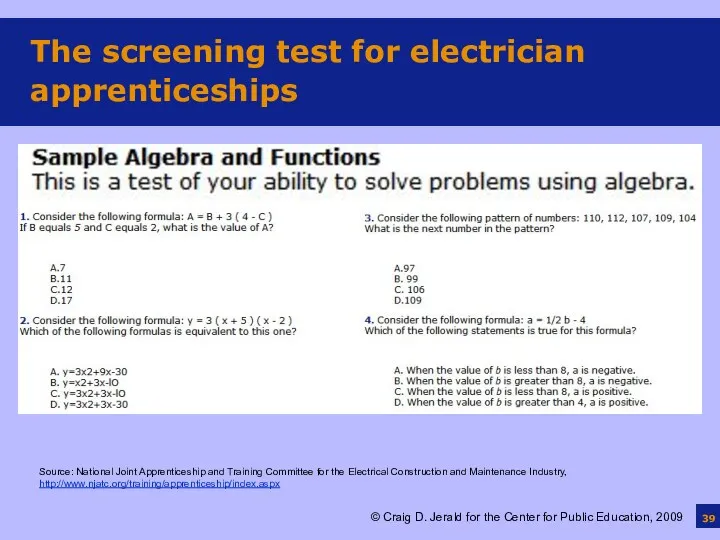
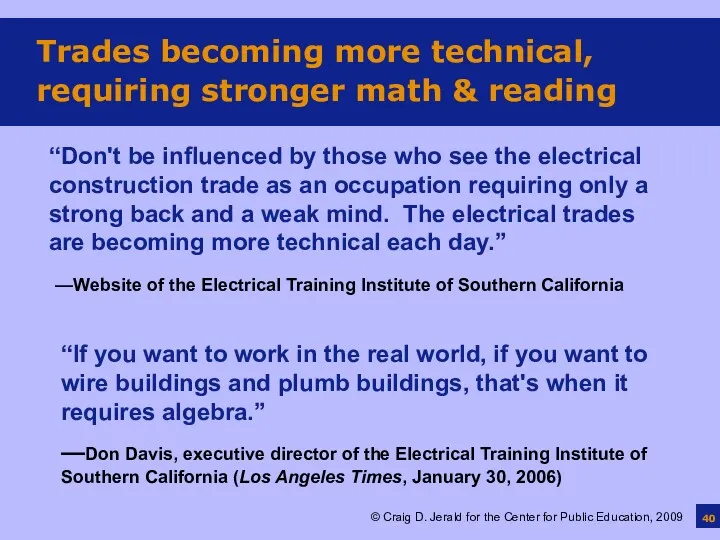
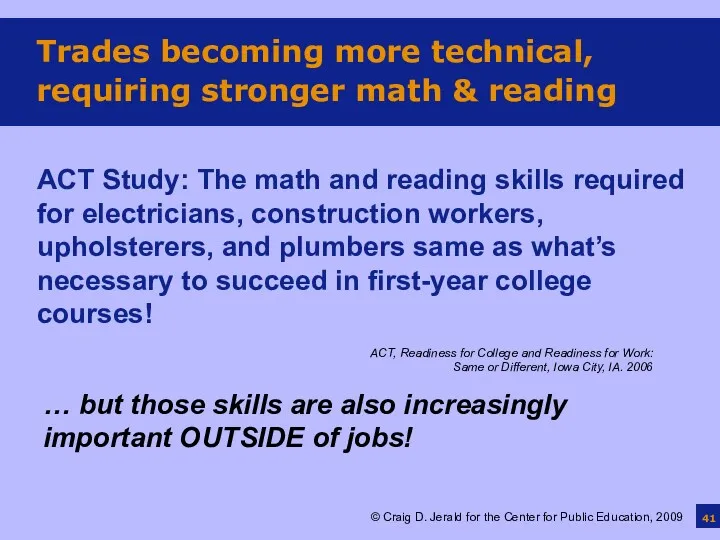
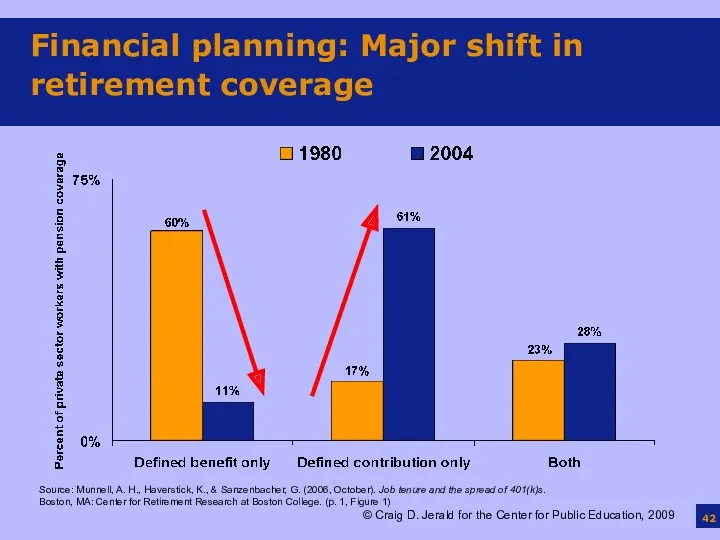
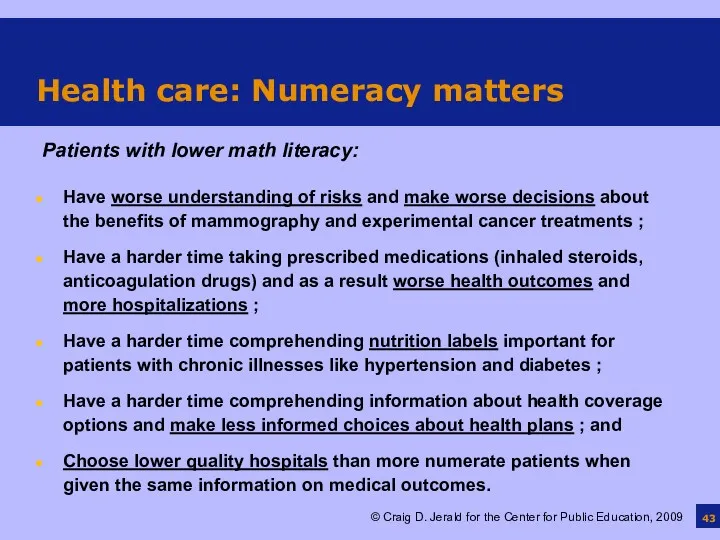
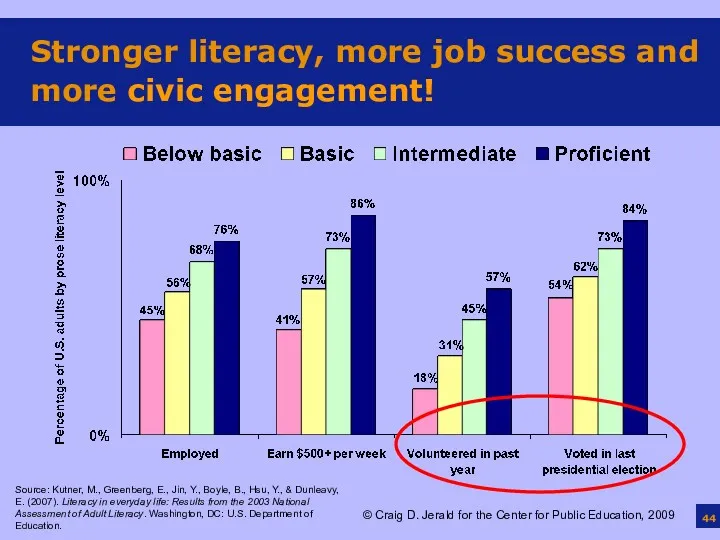
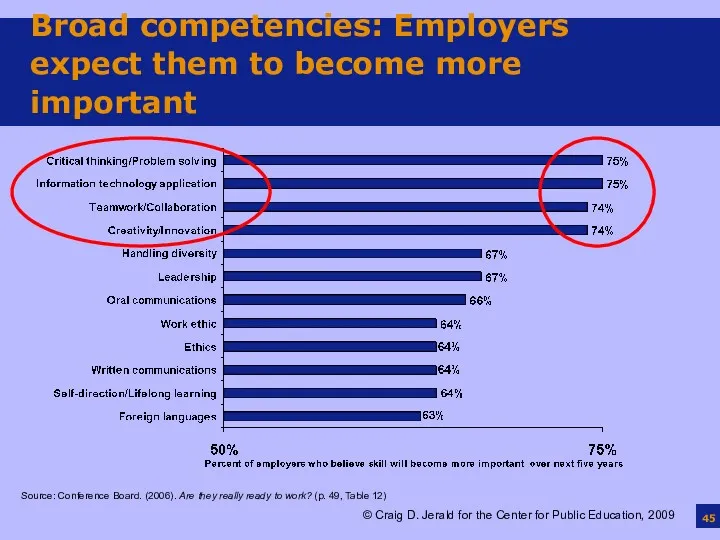
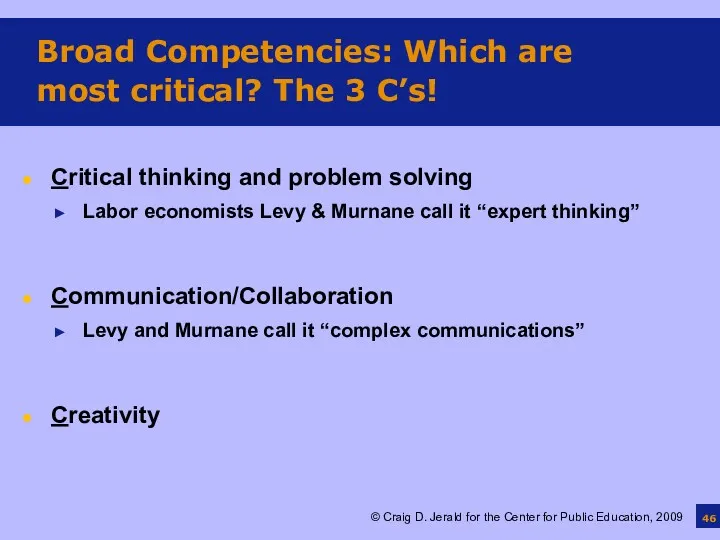
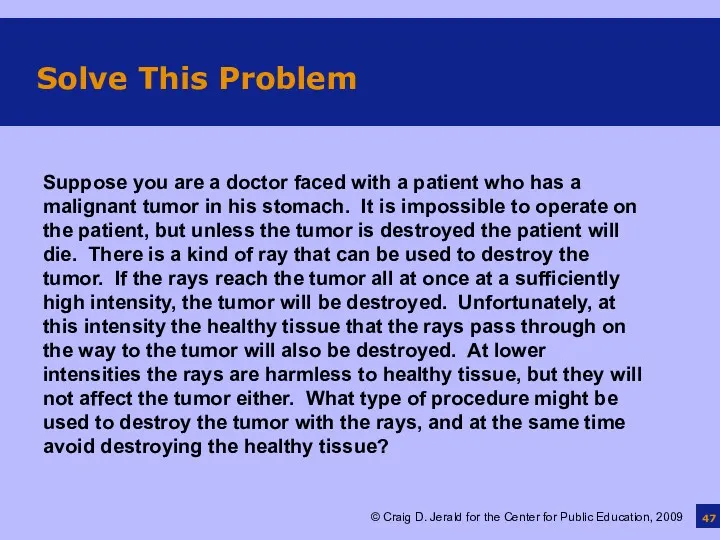
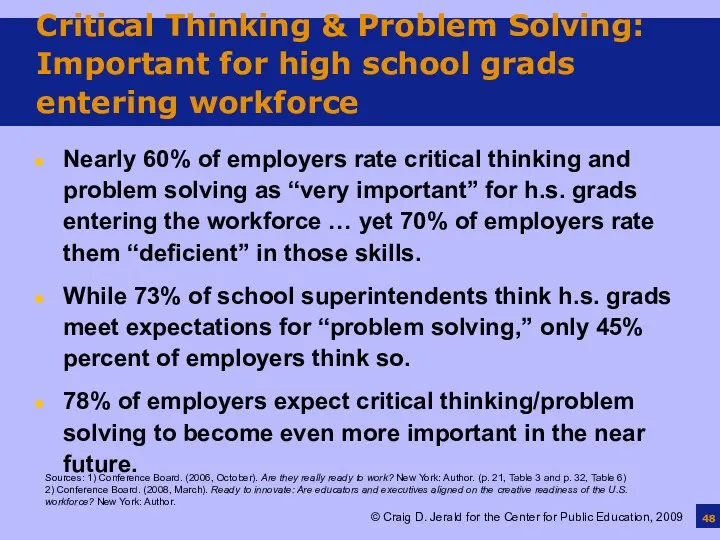
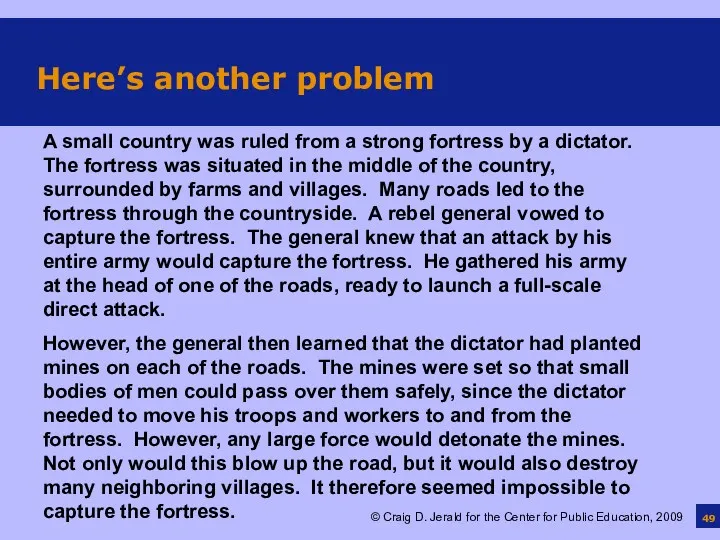
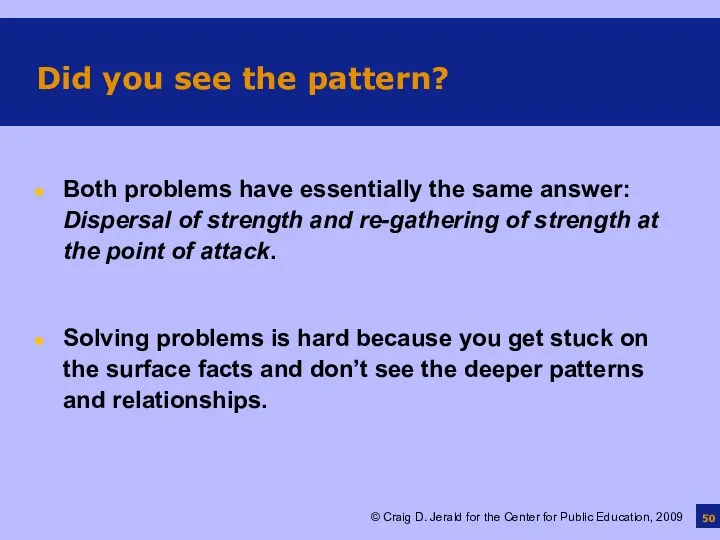
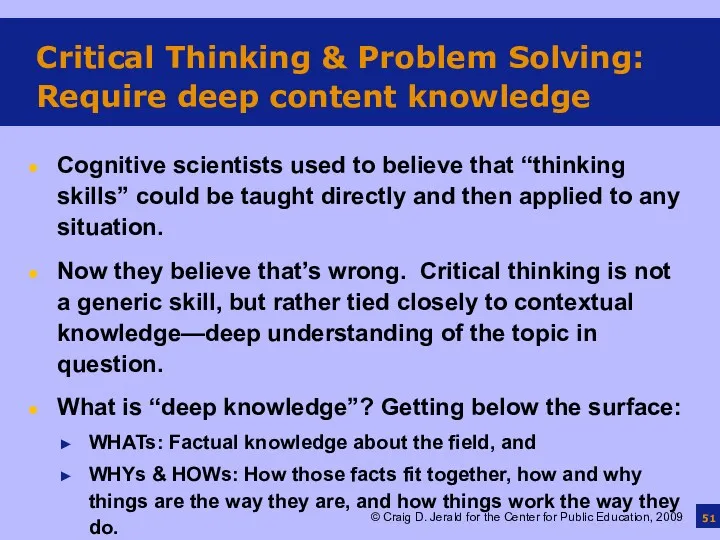
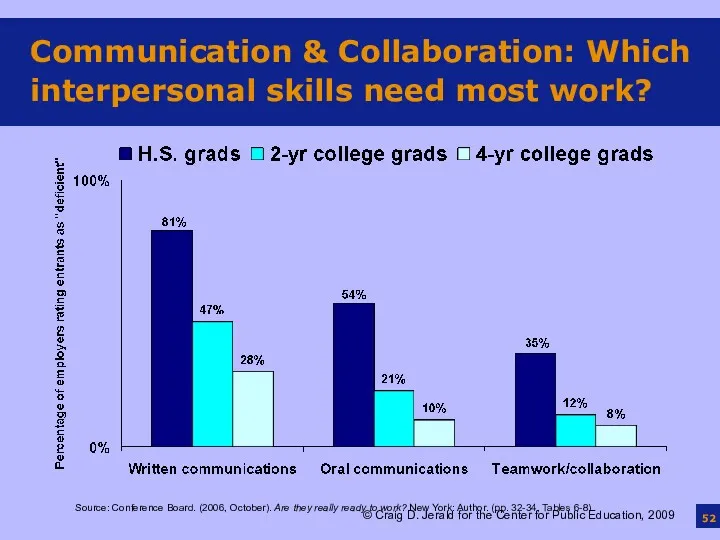
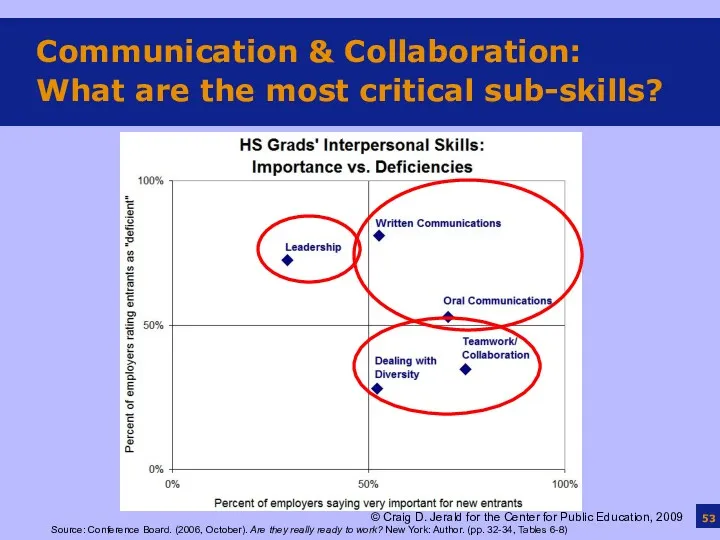
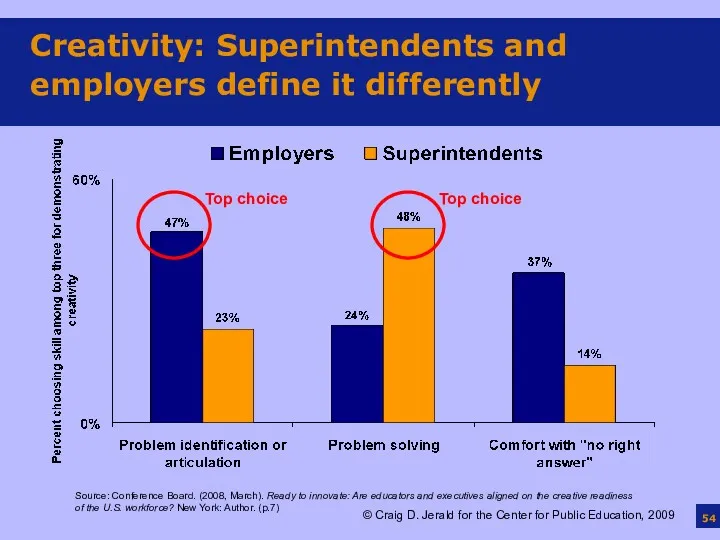
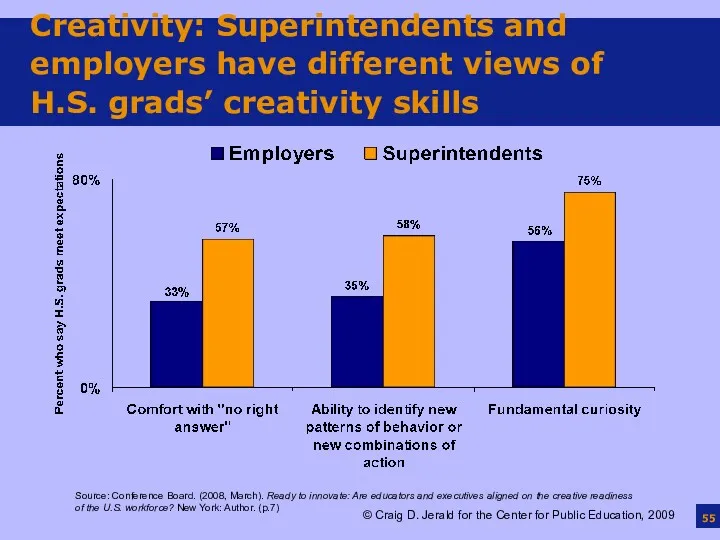
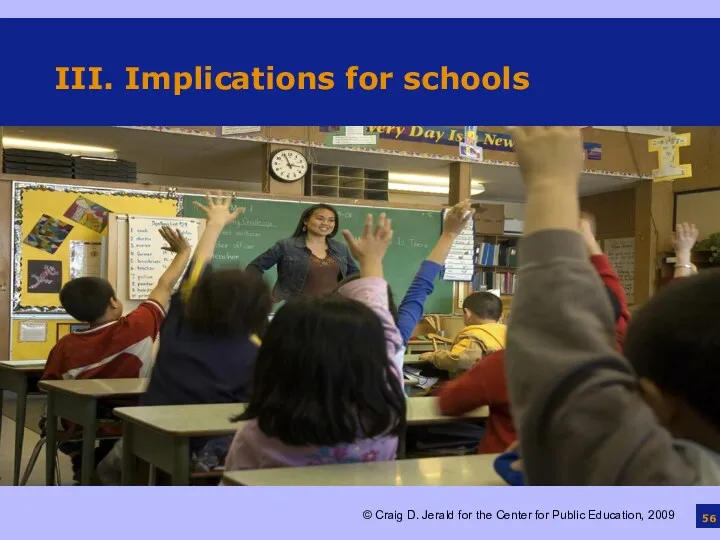
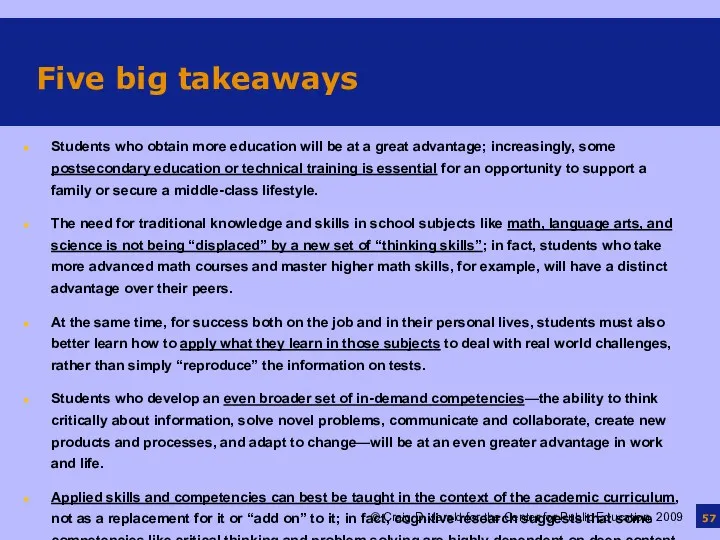
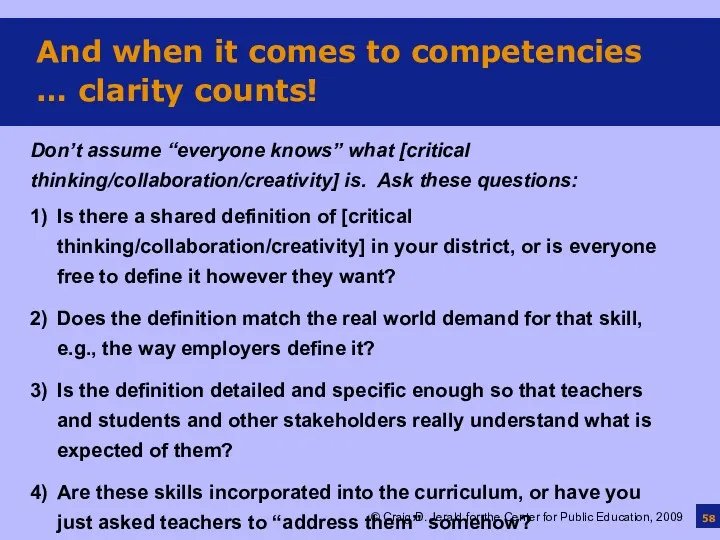
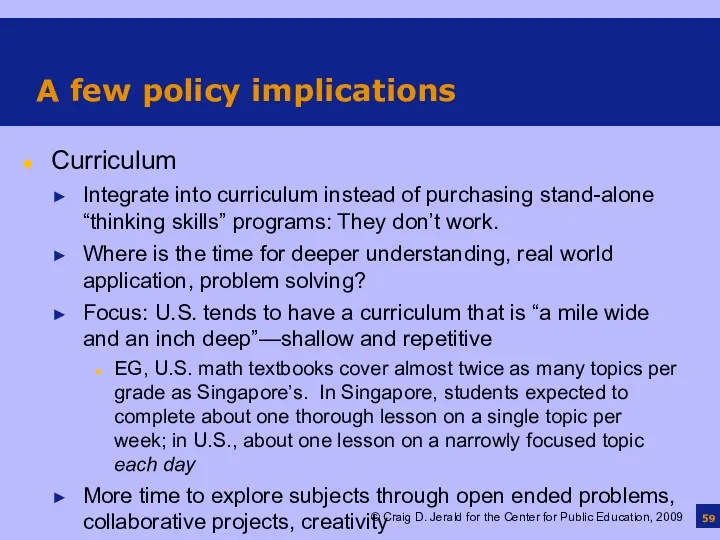
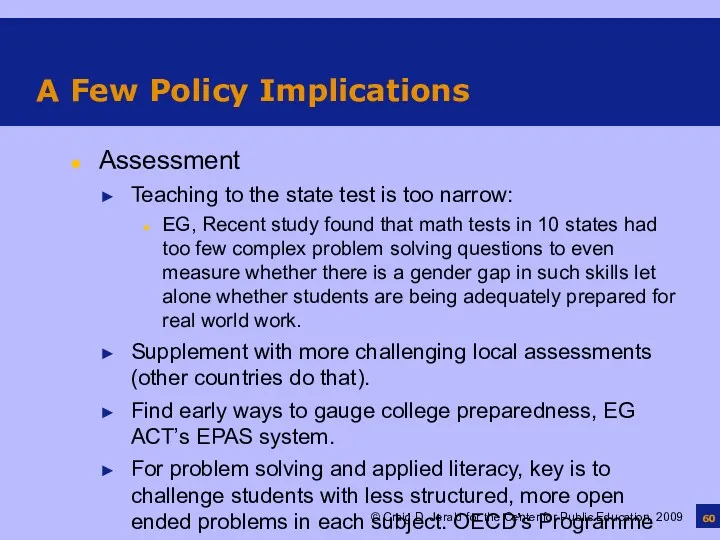
 Das Schulsystem in Deutschland
Das Schulsystem in Deutschland Стандарты работы руководителя проекта
Стандарты работы руководителя проекта Кафедра англистики и межкультурной коммуникации
Кафедра англистики и межкультурной коммуникации Высшее образование на современном этапе: тенденции развития и основные составляющие. Лекция 1
Высшее образование на современном этапе: тенденции развития и основные составляющие. Лекция 1 Общенаучные методы исследования
Общенаучные методы исследования Преподаватель вуза как менеджер
Преподаватель вуза как менеджер Организация внеурочной деятельности в условиях введия ФГОС
Организация внеурочной деятельности в условиях введия ФГОС Губкинский горно-политехнический колледж осуществляет набор на 2020-2021 учебный год
Губкинский горно-политехнический колледж осуществляет набор на 2020-2021 учебный год Работа с детьми с ОВЗ в школе
Работа с детьми с ОВЗ в школе Проект Школа будущего
Проект Школа будущего Профилактика дисграфии в дошкольном возрасте
Профилактика дисграфии в дошкольном возрасте Клуб – это место, где…
Клуб – это место, где… Учреждение образования Мозырский государственный педагогический университет имени И.П. Шамякина
Учреждение образования Мозырский государственный педагогический университет имени И.П. Шамякина European BEST. Engineering Competition 2016. Case Study
European BEST. Engineering Competition 2016. Case Study Итоги 2022/2023 учебного года. Контингент обучающихся лицея за 5 лет
Итоги 2022/2023 учебного года. Контингент обучающихся лицея за 5 лет Оформление курсовых работ и ВКР в MS Word по ГОСТу
Оформление курсовых работ и ВКР в MS Word по ГОСТу Наше ШМО
Наше ШМО Профессиональное развитие педагогов
Профессиональное развитие педагогов ОГЭ по русскому языку и литературе 2018 год
ОГЭ по русскому языку и литературе 2018 год Учебники и учебные пособия Лапыгина Юрия Николаевича, изданные в центральных издательствах
Учебники и учебные пособия Лапыгина Юрия Николаевича, изданные в центральных издательствах Тәрбие жұмысының теориясы мен әдістемесі
Тәрбие жұмысының теориясы мен әдістемесі Топ-5 изобретений в мире высоких технологий за 2018 год
Топ-5 изобретений в мире высоких технологий за 2018 год Отчет по производственной практике по ПМ 02. Ведение технологического процесса на установках Ӏ и ӀӀ категорий
Отчет по производственной практике по ПМ 02. Ведение технологического процесса на установках Ӏ и ӀӀ категорий Russian education
Russian education Разработка урока во 2-м классе по теме: MY TOYS (английский язык, 2 класс по учебнику Английский в фокусе Н.Быковой, Дж.Дули, М.Поспеловой, В.Эванс)
Разработка урока во 2-м классе по теме: MY TOYS (английский язык, 2 класс по учебнику Английский в фокусе Н.Быковой, Дж.Дули, М.Поспеловой, В.Эванс) Методи наукових досліджень. Загальнонаукові та емпіричні методи
Методи наукових досліджень. Загальнонаукові та емпіричні методи Институт математики, механики и компьютерных наук имени И.И.Воровича: прошлое, настоящее и будущее
Институт математики, механики и компьютерных наук имени И.И.Воровича: прошлое, настоящее и будущее Кейс – технологии в учебном процессе
Кейс – технологии в учебном процессе